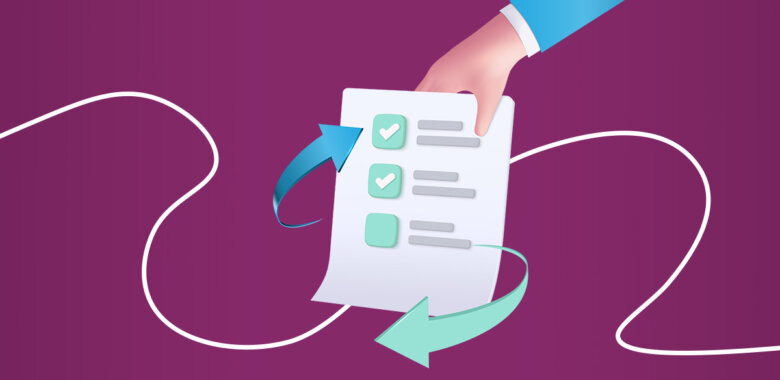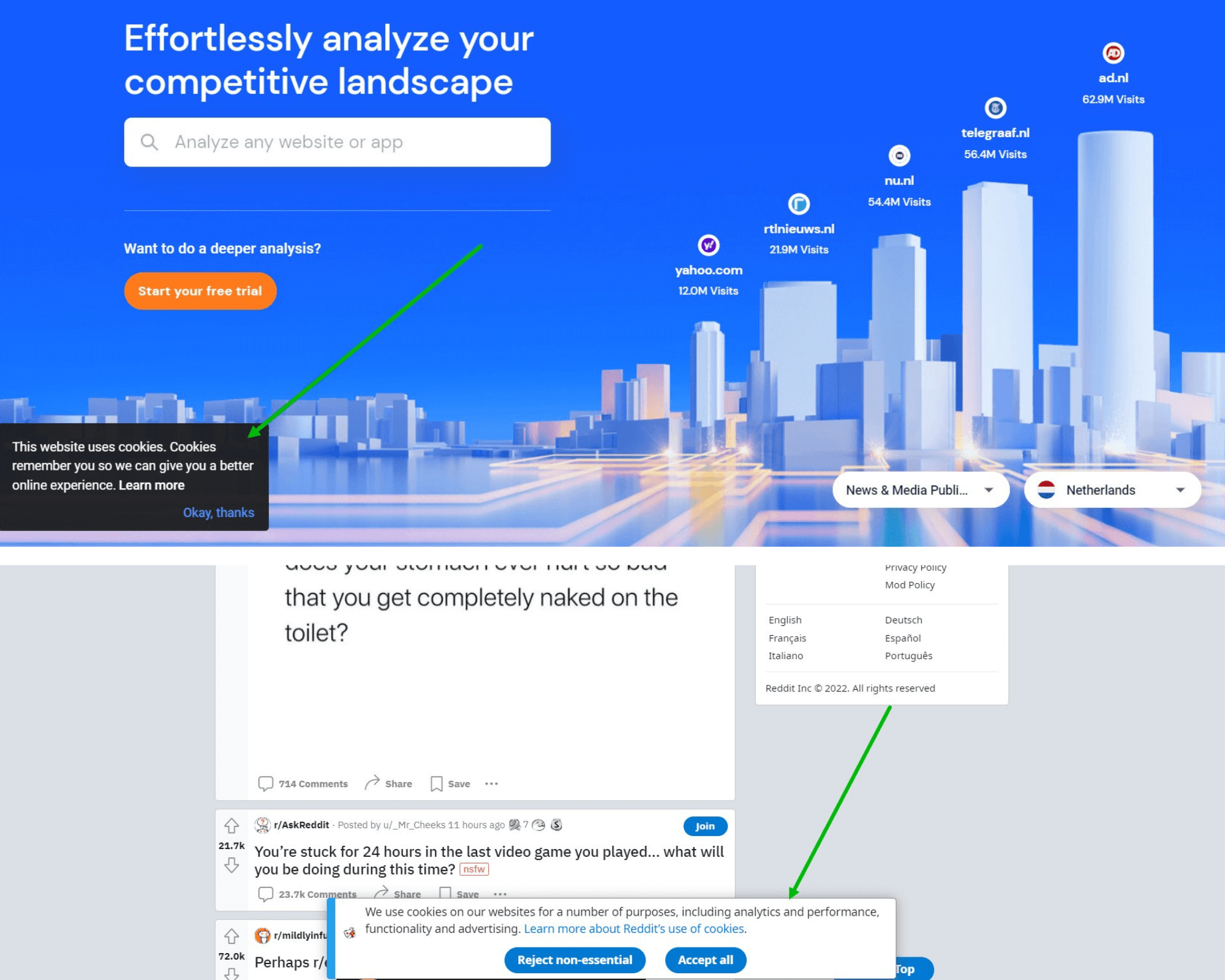Opt-in vs opt-out: pros and cons of methods
Make sure that the emails are not being blacklisted. One way to avoid this is by using opt-in and out options so customers can indicate whether or not they want certain types of mailings.
There are pros and cons to both opt-in and opt-out marketing. Here are some things to consider when deciding which practices are best for your business:
Opt-in pros
➕ Building a mailing list can be done quickly by using a single opt-in. With this method, prospects can sign up for your mailing list from any website. Single opt-in is a one-step process, which makes it easy for people to register through a signup form.
➕Opt-in mailing lists are more permission-based, which means they’re less likely to be considered spam. This can help improve your deliverability rates and ensure that more of your messages get through to your subscribers.
➕ You’ll get more accurate contact information from people who actively choose to sign up for your mailing list. This allows the company to create promotional content that is tailored to the interests of its subscribers.
➕ People who opt-in are generally more interested in what you have to say and are more likely to engage with your emails. Thus, you are more likely to get people to actually open and read your emails.
Opt-in cons
➖ It can be difficult to get people to opt-in to your mailing list, especially if you don’t have a strong incentive.
➖ You may miss out on potential subscribers if your opt-in form is not prominently displayed.
➖ The probability of incorrectly typing an email address is quite high. This can happen for a number of reasons, such as human error or a typo when inputting the email address. Incorrectly written emails can worsen deliverability, as they are more likely to be rejected by the server. Trying to send an email to the wrong address will not only fail to deliver the message but can also cause the bounce rate to increase. It is for this reason that double opt-in is essential when collecting email addresses.
Opt-out pros
➕ You can always email your customers until they tell you to stop.
➕ If people are filling out a form on your website, they may expect to be signed up for email notifications automatically. Thus, if you send them your first email, they likely won’t be surprised to see it.
➕ Opt-out forms can also be a good way to grow your mailing list quickly since people don’t have to actively choose to sign up and take action.
Opt-out cons
➖ People may accidentally sign up for your mailing list if the opt-out form is not clearly displayed. As a result, you may end up with a lot of inactive subscribers who never open or engage with your emails.
➖ You may get more spam complaints with an opt-out form since people didn’t actively choose to sign up for your emails.

















